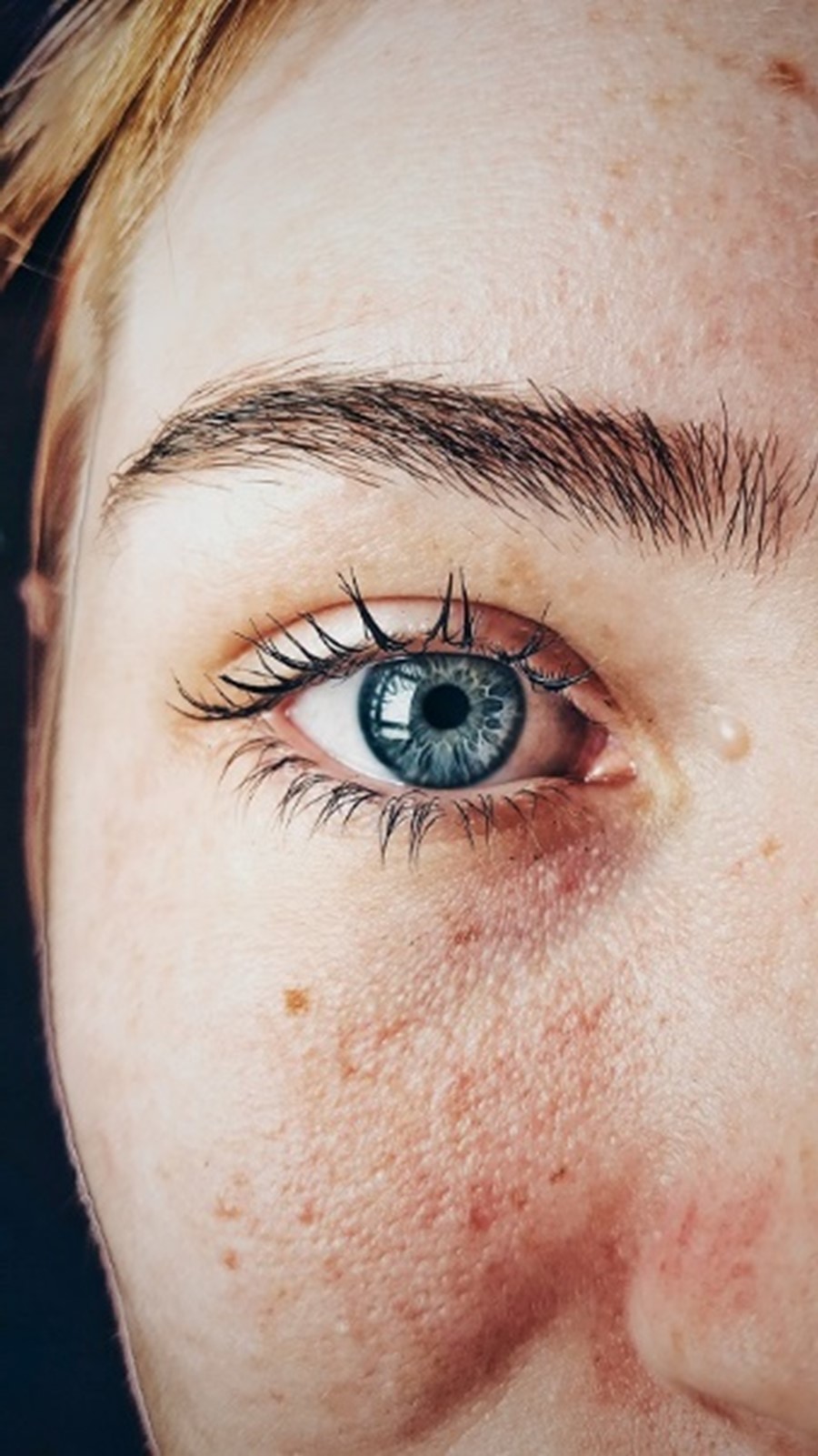Common Reasons for Facial Redness
May 31, 2022Have you been experiencing redness on your face? Your skin can temporarily flush for various reasons like strong emotions, acne, sunburn, or hot flashes. Persistent flushing could be an indication of an underlying medical condition. Without a dermatological examination, it may not be easy to determine what is causing the redness on your face.
What Is Facial Redness?
Facial redness occurs when tiny spidery blood vessels beneath the skin dilate or expand rapidly, filling with more blood and making the skin appear pink or red. The skin appears flushed noticeably across the cheeks and chest.
Read on to find out the common causes of facial redness.
- Rosacea
Rosacea is a skin condition that makes the blood vessels in the face swell and become visible. It causes flushing or blushing easily, which comes and goes or never fades. It is characterized by pus-filled bumps, swollen eyelids, dry eyes, or thickened skin on the nose. Anyone can develop rosacea, although it is common in women with fair skin between 30 and 50 years.
The cause of rosacea is unknown, but it may be due to heredity, environmental factors, or an overactive immune system. It is commonly triggered by:
- Sun exposure
- Stress
- Certain medication
- Heat and cold
- Spicy foods
- Some skin or hair products
- Helicobacter pylori (an intestinal bacteria)
- Alcohol
- Exercise
- Emotions
Rosacea has no cure, but treatment can relieve and control the symptoms.
2. Seborrheic Dermatitis
This common skin condition affects the scalp, nose, eyebrows, chest, and ears. It causes an itchy rash, red skin, and scaly patches. It is caused by yeast or an irregular response of the immune system.
Risk factors include medical conditions like Parkinson’s disease, HIV/AIDS, some cancers, depression, and some medications.
Seborrheic dermatitis is treated with antifungals to lower yeast levels and subsequently reduce inflammation and redness. Medicated shampoos, creams, or ointments may also be applied for a short time.
3. Eczema
Eczema is a chronic skin condition characterized by red, dry patches or rashes that can appear anywhere on the body, including the face. The rash is itchy, inflamed, and not contagious. Eczema is common in infants and young children.
Eczema is caused by a genetic condition affecting the skin’s ability to protect itself from allergens and bacteria and has no cure. Prescription drugs, stress management, food allergy treatment, and skincare help control and manage the condition.
4. Contact Dermatitis
The condition develops when the skin comes into contact with an irritant or allergen, causing a red rash commonly on the face. Triggers include harsh chemicals in cleaning products or detergents, soaps, hair dyes, lotions, essential oils, fragrances, poison ivy, poison oak, and latex.
If it is not easy to figure out what is causing the rash, consult a dermatologist.
5. Medication
Some medications, like chemotherapy drugs, relax the blood vessels in the face making it look flushed. Other medications cause a sunburn-like reaction when the skin is exposed to the sun. Additionally, prolonged use of steroid cream can cause the skin to react.
To get rid of the redness, check the information about the medication or review them with your doctor to get an alternative treatment.
6. Acne-Related Redness
Acne is a common skin condition whereby hormonal changes cause the body to produce excess sebum or oil. The excess oil traps dirt and bacteria in the skin’s pores leading to painful, pink or red bumps, skin thickening, whiteheads, and inflammation. Treatment helps the symptoms to subside and includes antibiotics, gels, or laser therapy.
7. Sun Damage
Sunburn is caused by prolonged exposure to the sun’s UV rays which causes the skin to become red and inflamed. It affects any part of the body that has been exposed to the sun, including the face. Always wear sunscreen and protective clothing to prevent sunburn.
Various conditions can cause facial redness. It is essential to consult The Pearl Dermatology to get a diagnosis if you have been experiencing redness for over two weeks.



